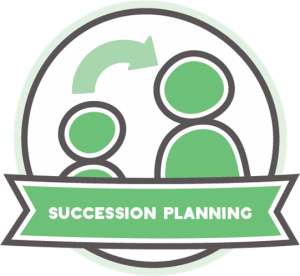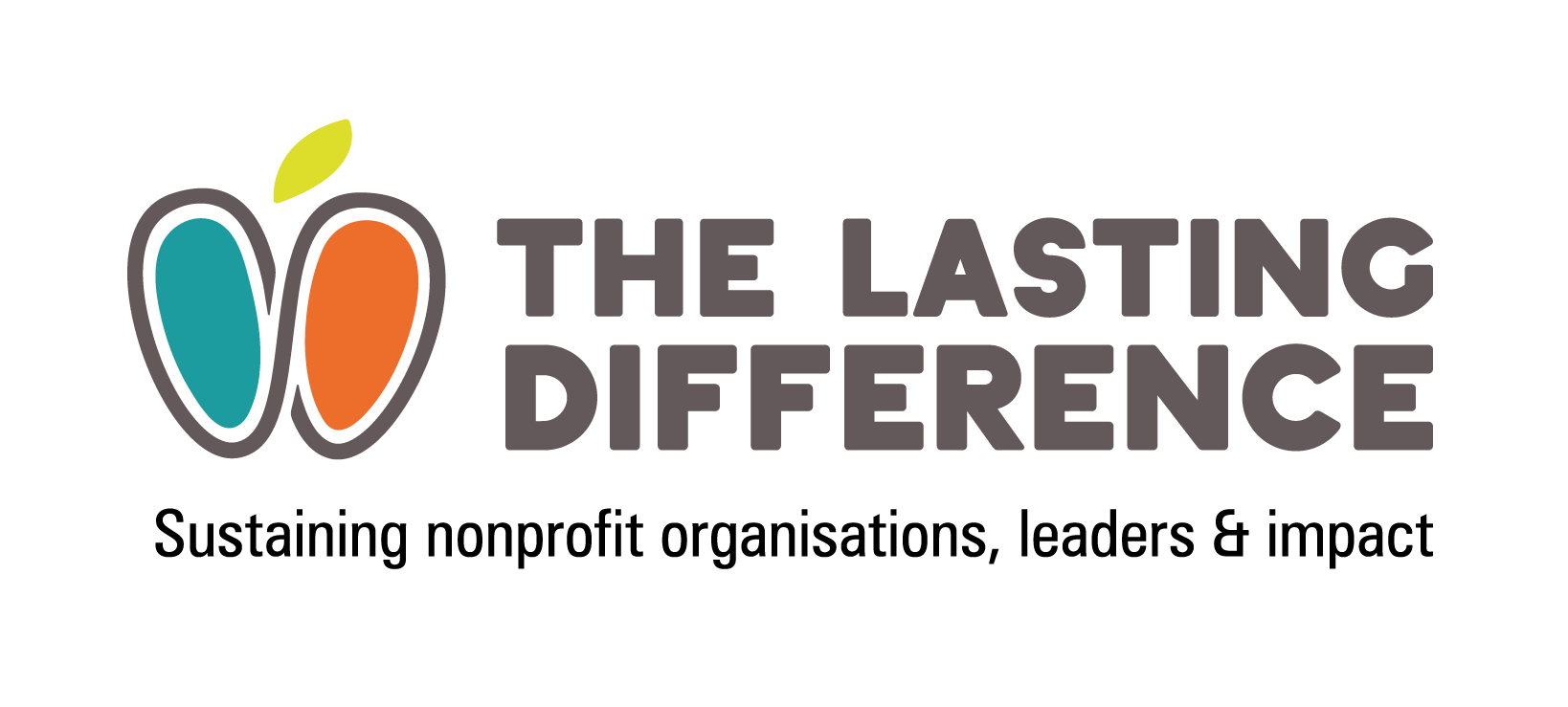Around a fifth of voluntary sector leaders are currently seeking a new opportunity. Three quarters of non-profit organisations do not have a succession plan in place[1].
 In this blog we share the principles and practices of succession planning, one of the four key capabilities of sustainable leadership.
In this blog we share the principles and practices of succession planning, one of the four key capabilities of sustainable leadership.
This is an excerpt from our free new guide to ‘Lasting Leadership’, to be published and launched at the Gathering on 19th February.
Your organisation and its work are bigger than any one person.
First off, succession is inevitable. Succession planning is about processes to prepare for and manage that change, rather planning every tiny detail. It is part of an organisational approach to capacity building, shared ownership and delegation. It is not about identifying and grooming successors.
Principles
Succession planning is a process
Succession planning is a journey not a destination. It is easiest, and most effective, to begin the process before it is needed. Succession planning will ensure the organisation is in good shape for planned or unplanned succession.
Unplanned and emergency succession
Examples of leaders becoming seriously ill, or even dying in post, were common in our research. Sadly, it happens, and more often than people appreciate. It can be traumatic. Those who find themselves suddenly stepping up can feel overwhelmed, lost or exposed – often in very public ways due to the outward-facing nature of leadership roles.
To help mitigate the risks, regular exposure to opportunities to lead can help prepare people to step up. And of course, this also supports planned approaches to succession and the development of sustainable leadership capacity overall.
The loss of our CEO was a massive blow to the organisation, not just in knowledge and capacity but also emotionally. I stepped up into the role – it was really challenging, particularly emotionally. But having previously been given regular opportunities to undertake key pieces of work did help to prepare me to a degree. (Lasting Leadership Research 2019)
Business critical knowledge – the internal and external environment
Good succession planning considers both the internal and external knowledge that is critical to the organisation. Internally this involves developing and managing organisational knowledge e.g. of processes and of the strategic environment such as policy developments and funding arrangements. Externally it involves sustaining key relationships. Succession planning helps to manage the risks involved in these relationships, such as key individuals moving on from their posts or organisations.
We developed a questionnaire to capture business critical information…you don’t know what you’ve lost until it walks out the door. (Lasting Leadership research 2019)
Don’t assume like-for-like succession
When management (and other) posts become vacant it is worth reviewing the role. Consider what opportunities the vacant post creates and what the organisation needs now. This will ensure the organisation is responding to its current environment and needs, not historical ones.
Succession planning supports performance
Succession planning improves performance. It creates opportunities for teams to learn, share information and to generate new ideas and ways of thinking. It requires looking through fresh eyes at established ways of working, processes and structures. This helps challenge the notion that ‘we’ve always done it this way’ – and builds ownership of solutions to tackle future challenges.
Succession is inevitable and should be discussed openly and early
Sustainable leadership recognises that change and succession are inevitable. Having regular, open and honest discussions can help people feels more comfortable with succession and cope better when change happens. The organisation and its impact are bigger than any one person or role. Exploring and discussing what to sustain can help in developing sustainable leadership and preparing for the future.
Practices – ideas for action
Each of the following action points is introduced more fully in Lasting Leadership, the new guide being published in February (available from 19th Feb at www.thelastingdifference.com)
- Develop holistic succession plans
- Build team capacity, including but not limited to the senior team
- Create knowledge management plans and processes
- Embed succession planning
- Plan for risk
- Support successors
Examples of good practice from our research:
- Providing regular shadowing opportunities for staff.
- Appointing one new board member each year to balance renewal and continuity.
- Creating a board and staff subgroup to work on succession planning in holistic way.
- Developing ‘process’ documents explaining the specifics of key roles so someone could pick things up in an emergency.
- ‘Acting-In-Absence’ policies and processes where management team members have regular opportunities to assume the role of the CEO with full delegation of decision-making authority.
- When posts become vacant, reviewing the current needs of organisation before filling the post.
[1] Path To Impact – Final Report, ACOSVO and CO³, 2018.
